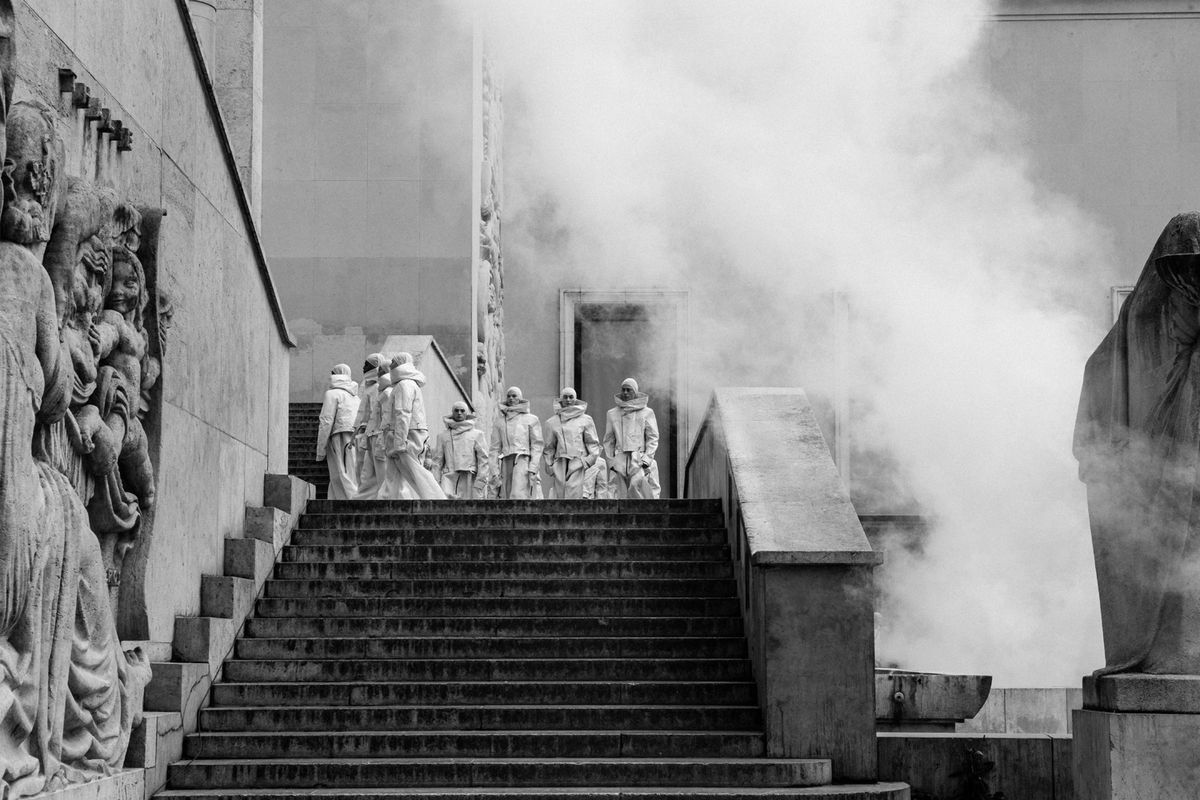World
Roblox is Already the Biggest Game In The World. Why Can’t It Make a Profit (And How Can It)? — MatthewBall.co

Because of Roblox’s high cost to serve per hour, users in lower-income or lower-propensity-to-spend markets typically reduce profitability, rather than just harm overall margins. For Facebook, Twitter, Snap, etc., low monetizing users are still accretive because however little revenue they generate, the marginal costs incurred are near zero. This issue is exacerbated on the revenue side, too. Unlike other social platforms, Roblox’s revenue is nearly all via user spending rather than advertising. As such, Roblox pays 25% of its revenue to Apple and Google (30% of transactions on those platforms) whereas Facebook, Snap, et al pay effectively 0. Note that Facebook, which has structurally lower costs to service users than Roblox and is far more mature, has an operating margin of roughly 40% — if the company had to pay out 25-30% first, it would never have “tech company” profit margins, let alone profit dollars.
So to achieve overall profitability, Roblox needs to either increase its average bookings per DAU from $13 to at least $18 or achieve a level of revenue scale such that all fees other than developer payouts (currently $3.38 per $13) are effectively halved. In practice, both pushes will likely be needed; fortunately, there are a few mechanisms for each.
First is App Store fees. In various markets around the world, Apple’s iOS platform and Google’s Android are being forced to open up their app distribution and monetization models, at least in part. The specifics vary by market, by platform, and sometimes type of transaction. There’s not yet reliable data to suggest the degree to which Roblox might save on commissions (at a minimum, they will substitute a 30% fee with a 4% credit card processing expense, but additional iOS/Android fees might also apply), and the more complicated purchasing flow may require discounts and/or lead to fewer transactions, which would harm revenue. Accordingly, the net opportunity may be a reduction from 25% to 20% in the medium term, with a longer-term possibility of something closer to 10%.
Another option is to increase ABPDAU so that profitable users are more directly profitable and unprofitable users are less directly unprofitable. This would mean more revenue, which reduces the mostly-fixed costs of R&D, G&A, and S&M. In the average month, fewer than 6% of users and 17% of average DAUs purchase Robux. There are many natural reasons to skip buying Robux in a given month—some MAUs are just trying Roblox for the first time, others don’t use the platform enough to routine spenders, a large portion of users are likely too young and thus purchasing depends on parental permissions, there are financial discounts for bulk purchasing (which naturally results in a delay to the next purchase), and so on. But there is clearly upside here. As a point of example, PlayStation, which has 120MM MAUs to Roblox’s 375MM and 50MM DAUs to Roblox’s 80MM, generated over $31 billion in revenue over the last twelve months compared to Roblox’s $3.8 billion in bookings.
These increases can come from further aging up Roblox’s userbase (older users can typically spend more—mainly because they’re no longer reliant on their parents for money), higher-end experiences (PlayStation is evidence of the premium users will pay for “premium” games), growing cultural cachet (which should enable higher prices for Roblox’s virtual goods), as well as more playtime per user (PlayStation has about twice the hours per user per month).
Advertising solves a few goals for Roblox. First, it turns all users into revenue-generating users (no matter how miniscule) while also increasing the revenue for high-spending customers (which helps cover all other costs and/or subsidize the money-losing users). Second, it means that marginal consumption will continuously result in marginal revenues rather than just marginal cost (primarily via Infrastructure and Trust & Safety expenses). Third, neither the Apple App Store nor Google’s Google Play collect a portion of ad revenues. Accordingly, all advertising would necessarily decrease app store fees as a percentage of revenue. For instance, if Roblox currently earns $10 per month from each paying user, they pay $2.40 to app stores, which is 24% of their revenue. However, if they generate an additional $3 from advertising on top of that $10, the $2.40 payment to stores would now represent just 18% of their total revenue. Moreover, as already stated, that additional revenue from non-paying users would go directly to Roblox (i.e. 0% would go to app stores). There are marginal IT&S costs to support advertising on a per-hour basis, as well as R&D to continuously improve Roblox’s ad platform, plus incremental G&A for ad sales, ad ops, and ad service, etc. However, IT&S should be relatively modest (and far cheaper than the other way to increase ABPDAU—more playtime), and the latter cost categories should be mostly fixed costs and thus offer greater operating leverage.
Advertisers have been investing in Roblox for years through the production of their own branded worlds. As with all of Roblox’s worlds, Roblox doesn’t charge for their creation (though certainly, some brands do pay agencies to construct them). Instead, Roblox is “compensated” through the engagement and purchases that world might inspire (to this end, Roblox might even be paying the advertiser through its developer royalty payments). At the same time, Roblox did have ways to generate advertising revenue from these world-builders, as well as from those whose primary business was the creation and operation of Roblox worlds. Specifically, Roblox would sell banner ads inside its launcher/application (think the Netflix homescreen), as well as sponsored search results. However, these ads were limited to the promotion of virtual worlds or items (e.g., Starbucks could promote Starbucks World or virtual Starbucks aprons, but not real-world Starbucks drinks or coupons, etc.). These restrictions, though “good” for users, had pretty severe constraints on advertising revenue as it meant that advertiser’s who lacked Roblox worlds or integrations couldn’t buy any ads (lots of Facebook ad spend is for local businesses, but your local hair stylist can’t build a Roblox world, nor can a local doctor’s office, etc., and even if they could, they probably shouldn’t). And those companies or organizations that did have a world or various items had the business cases from platform advertising effectively limited constrained to the efficacy of those worlds or various items (yes, in theory Starbucks advertising a sellable apron also aided Starbuck’s overall brand awareness, but that’s a pretty inefficient way to advertise online).
Since late 2022, Roblox has begun to prioritize new ad units and technologies to support its burgeoning ad business. In 2024, for example, Roblox launched in-world billboards that, unlike other ad units, could advertise whatever (e.g. an upcoming music, real world sneakers, etc.), and could be programmatically bid upon by advertisers and served across any worlds that chose to support billboard ads. This sort of advertising has existed “unofficially” for years (a developer would just build a billboard and either sell the ad slot directly or, more commonly, hook into an outside ad network to have the unit filled). In 2023, however, Roblox began to block developers from pinging a third-party server for ad units. Developers are still permitted to sell custom ads inside their world, but programmatic insertion, dynamic pricing, and/or targeting all require the use of Roblox’s ad network.








